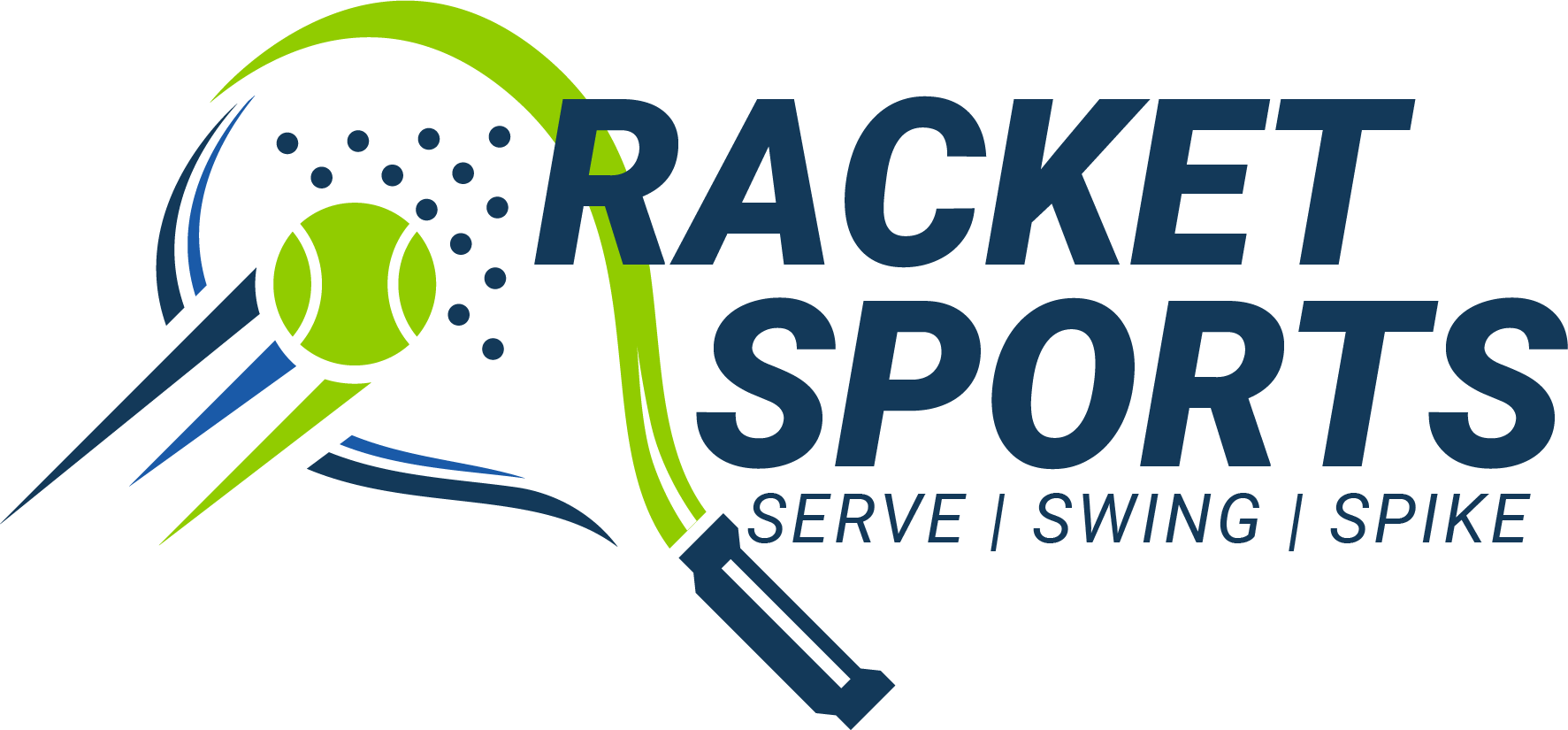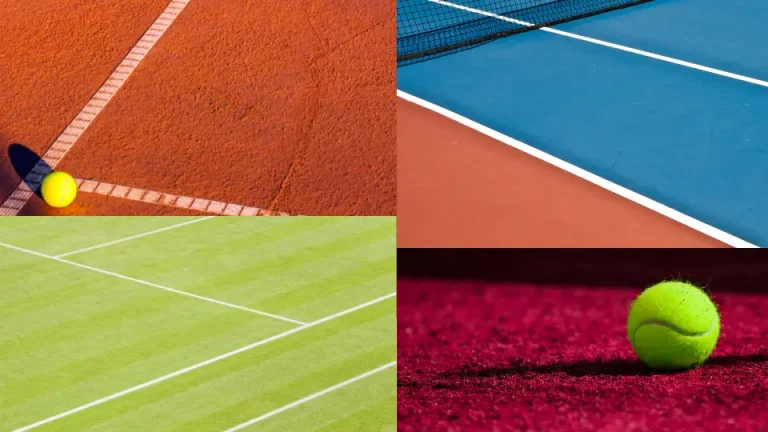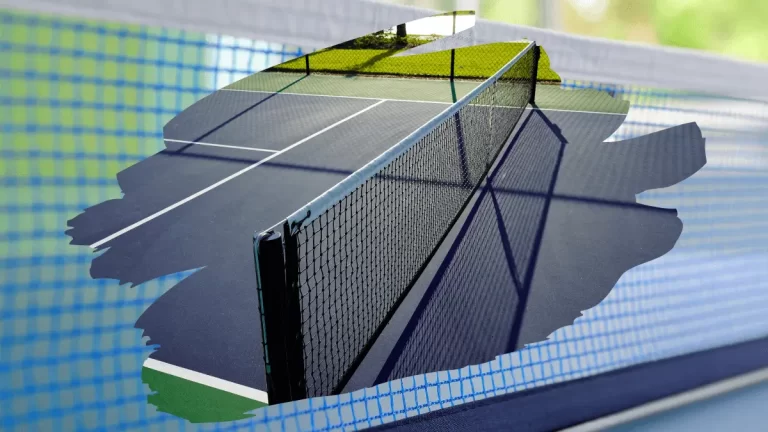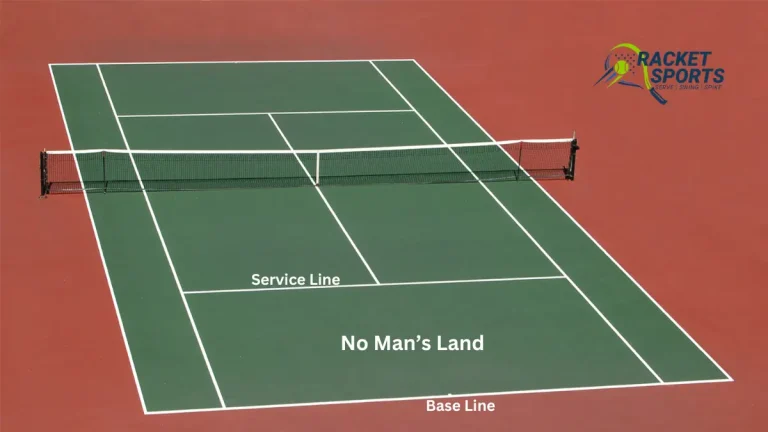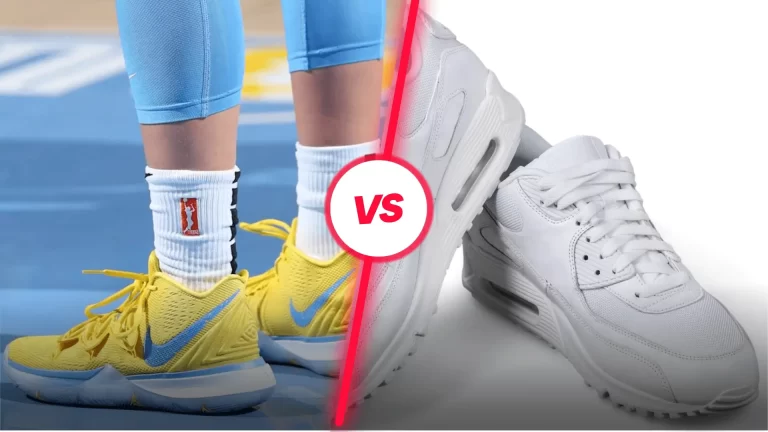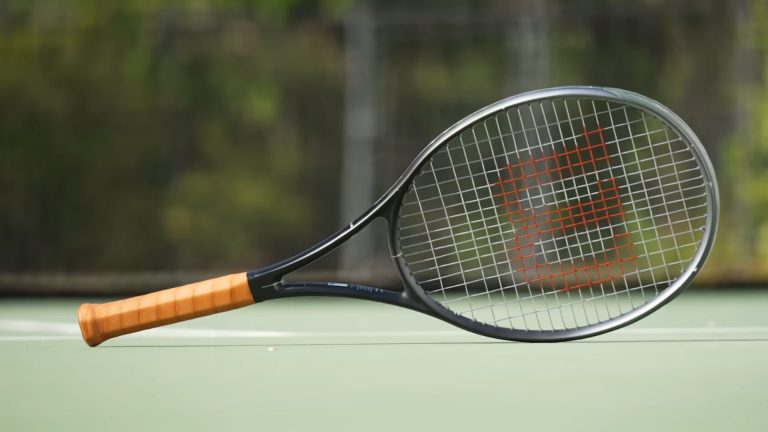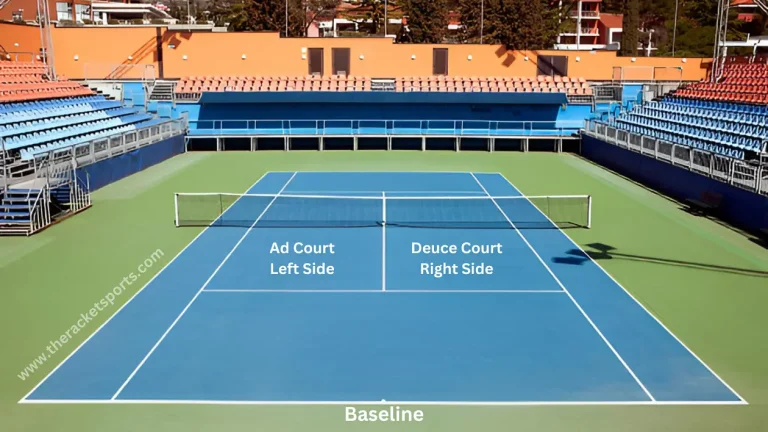How to Use a Tennis Racket – Step-by-Step Guide 2025
A racket sport like tennis is all about minute details that determine the power of a swing, the spin of the ball, and where the ball is positioned on the court, and almost always, the winning point comes down to whether you have the magic combination to make the perfect shot.
This can only be achieved by using a racket perfectly. If you want to improve your performance and enjoy the game, you need to learn how to hold a tennis racket, whether you are a beginner or an experienced player.

In this comprehensive guide, you will learn about different types of grips, how to position yourself correctly, and how to improve your grip.
How To Use a Tennis Racket – Step-by-Step Guide For Beginners
When you hit the ball with a tennis racket, it will go in a certain way you grip the racket. Tennis racket grips are divided into six popular types, each with its own purpose.

It is easy to advance from the continental (basic) grip to more complex grips once you have mastered the continental (basic).
Below are the simple steps that will guide you in the basics of using a racket.
- Your dominant hand should hold the racket handle in the palm of your hand.
- Ensure that your index finger is at the top and your thumb is at the bottom of the handle when you wrap your fingers around it.
- Make sure your index finger is on top and your thumb is at the bottom of the handle when placing your other hand on the bottom.
- The fourth step involves making sure your hands are touching each other and evenly spaced apart on the handle. Your grip will be more balanced if you do this.
- Keep your elbows close to your body and your palms facing each other. It will help you control the racket and generate power.
Warning
Please make sure you do not hold the racket too loose or too tightly. If you grip your racket too tightly, you might limit your stroke. If you grip it too loosely, you might drop it.
Tennis Rackets: How to Choose the Right One
You must select the right racket for your needs before you begin using it. Tennis rackets vary in dimensions, weights, and configurations. A lighter racket with a larger head size is recommended for beginners. By making this choice, you are more likely to control the ball effectively and achieve success on the court.
Read More: Master the Lob in Tennis: Techniques & Strategy 2025
Types of Grips
Eastern Backhand Grip
Hold your racket in front of you using your left hand to achieve the Eastern Backhand Grip. Make sure that the grip is oriented to the right and that the string area is perpendicular to the ground, facing you. Your right hand should be held straight out directly above the grip. Close your hand around the grip by bringing your base index knuckle right down to the top facet.
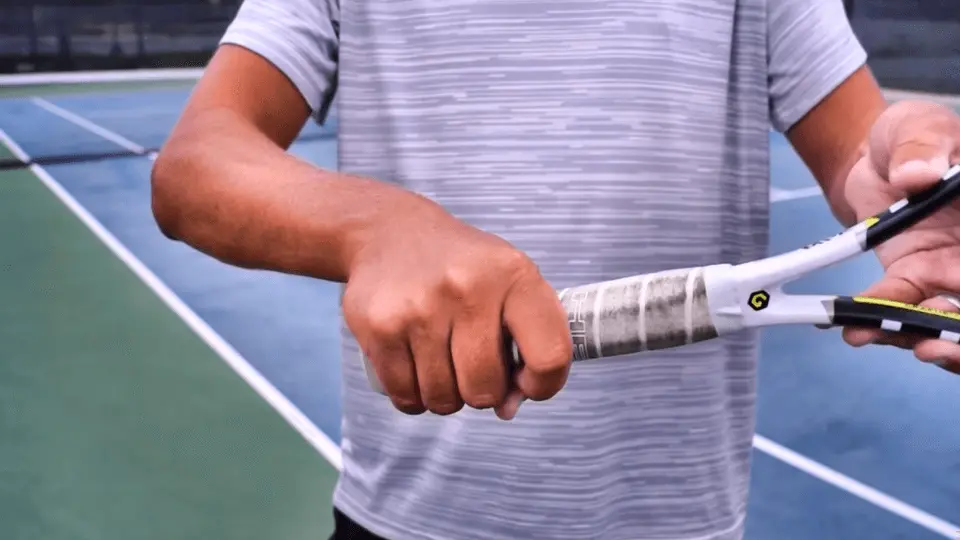
It’s the most common backhand grip, stable and versatile, and it generates a little topspin or hits more directly. It’s good for hitting low balls, but not so good for controlling high balls.
Eastern Forehand Grip
The Eastern grip is formed by placing your index knuckle on the third level and wrapping your fingers around the handle. Your thumb and index finger should form a V, while the rest of your fingers should grip firmly and your middle finger should be touching the second angle.
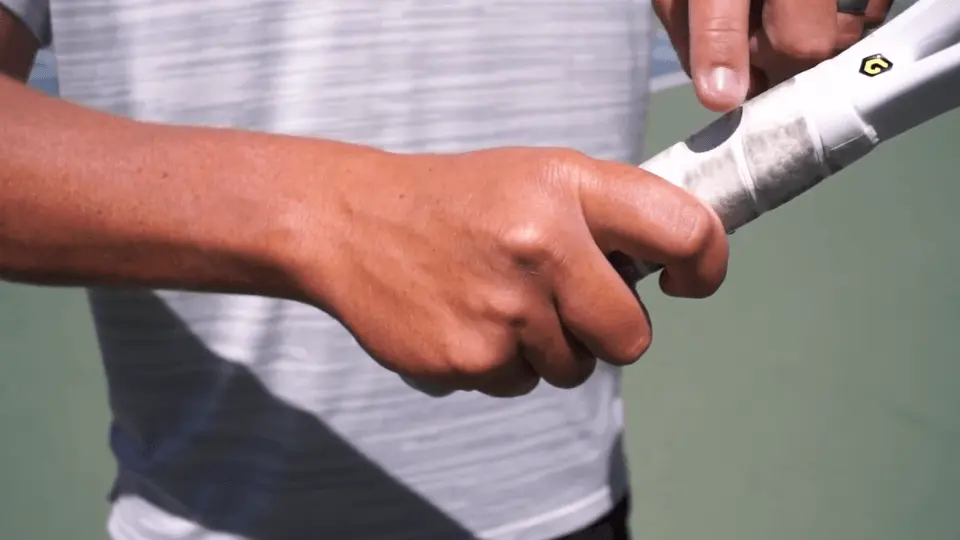
In addition to being a classic, versatile grip, the Eastern Forehand Grip is an excellent choice for squarely placed swings or slices, is still used by professionals, and has a certain disadvantage when it comes to topspin coming and going.
Western Forehand Grip
Place your index finger’s base knuckle on the second slope of the racket handle and wrap your hand around it, resting your thumb on the back of the handle. You should keep the rest of your fingers firmly gripping the handle, with your middle finger touching the fourth angle.
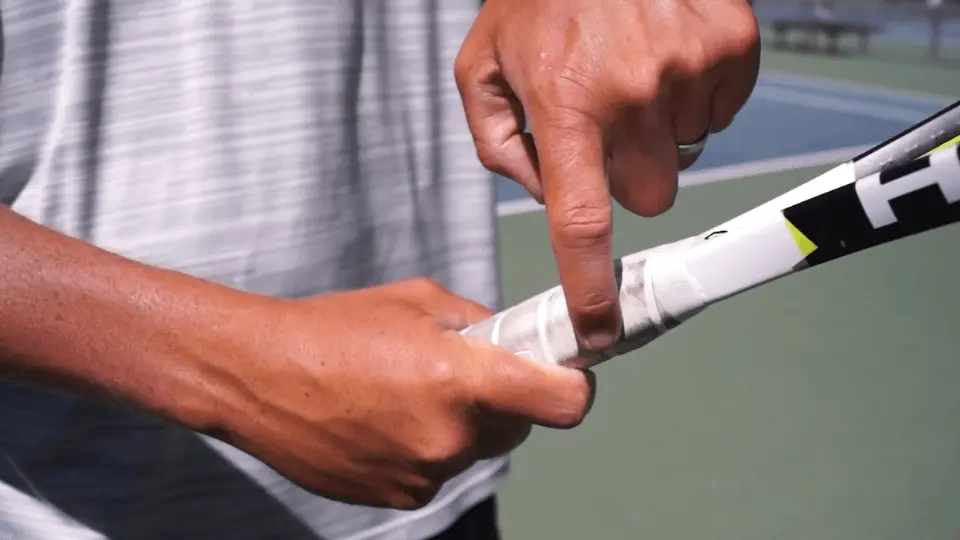
Forehand shots can be played even more powerfully with the western forehand grip. In comparison to all other forehand grips, this grip requires a lot of strength and control. This grip might be suitable for experienced players.
Semi-Western Grip
You can find the Semi-Western grip by holding your racket with your left hand facing away from you. The string area should be perpendicular to the ground. Your right hand should be extended as if to shake hands with the racket, and your index finger should be placed on the small, slanted plane of the grip. Your hand should be closed around the grip so that the bevel of the grip points diagonally across your palm below the pinky finger.
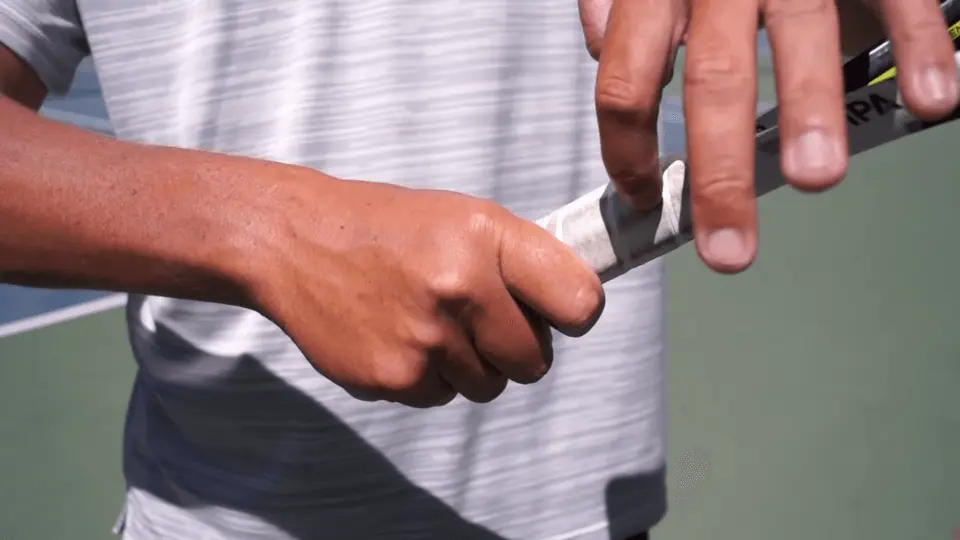
In general, semi-Western grips tilt the racket downward, encouraging a strong upward swing and promoting topspin, a grip commonly used by professionals. However, this grip is not suitable for slicing or hitting low balls.
Continental Grip
Another popular grip is the Continental grip, which is best for players who hit topspin shots and serve. Those who like to hit overheads and volleys also use this grip.
A Continental grip involves placing the base of your index finger on the fourth level, wrapping your hand around the racket handle, and resting your thumb along the back of the handle. Hold the handle firmly with your remaining fingers, and make sure that your middle finger touches the second angle.
Master The Two-Handed Backhand Grip
When you hit a tennis shot using both hands on the racket’s handle, it’s called a two-handed backhand. In order to do this, your stronger hand should be holding the racket with its base on the top right slanted part (Continental Grip). The other hand, which is not as strong, should be on top, holding the racket with the base of your index finger on the bottom left slanted part (Semi-Western Forehand Grip).
Important Info
Where you grip the racket is up to you. You will be able to create a different stroke by gripping closer to the head of the racket instead of close to the handle’s butt. The “right” and “left” references in each of the grips can be reversed if you hold the racket with your left hand.
Enhancing Your Racket Hold
Mastering the grip on your tennis racket, particularly for beginners, can pose challenges. However, with dedicated practice, you can refine your grip and elevate your gameplay. Here are concise tips to enhance your hold:
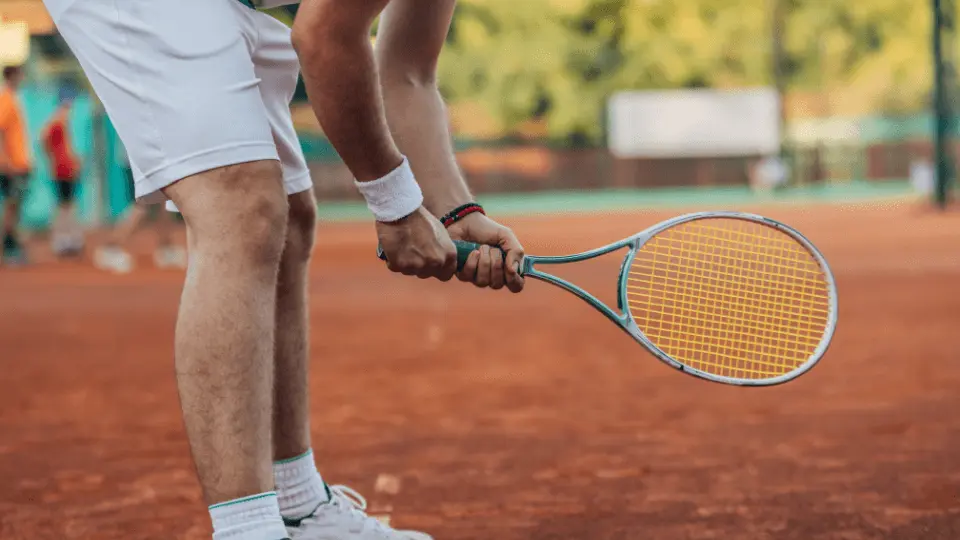
- Set aside a few minutes every day to practice holding your tennis racket. As a result of this routine, grip proficiency will be improved over time.
- Improve your grip and prevent injuries by refining your technique when holding the racket.
- Don’t be afraid to try different grips. A variety of grips can help you identify the one that is most comfortable for you.
- To acclimate yourself and improve your control over the racket, use your chosen grip frequently.
- You can improve your grip and comfort by using thin, rubber overgrips on your racket handles.
- Try different racket types to find the handle design that suits your grip style.
- Exercise regularly to strengthen your hands and arms. A secure grip relies on strength.
- Try practicing your grip in different conditions, such as hot weather or slippery surfaces, so you’re prepared for whatever happens on the court.
- Tennis coaches can provide expert tips and techniques to improve your grip if you are experiencing grip problems.
Conclusion
Mastering the use of a tennis racket is a fundamental aspect of excelling in the sport. Whether it’s choosing the right racket, understanding different grips, or improving your hold, consistent practice and experimentation are key.
By dedicating time to refine your technique, seeking professional guidance if needed, and staying open to trying various grips and racket types, you can enhance your performance on the court. Remember, the journey to becoming a skilled tennis player involves continuous learning and adaptation to different playing conditions.
FAQs
How do I choose the right tennis racket for my skill level?
Beginners may benefit from lighter rackets with larger head sizes for better control. Experiment with different racket dimensions, weights, and configurations to find the one that suits your playing style. Seek advice from experienced players or tennis professionals when selecting a racket.
What is the significance of different tennis racket grips, and how do I choose the right one?
Different grips affect the way you hit the ball, influencing power, spin, and control. Choose a grip based on your playing style and the type of shots you want to execute. Experiment with various grips to find the one that feels comfortable and enhances your performance.
Can I switch between tennis grips during a match?
Yes, players can switch grips based on the situation, shot type, or personal preference. However, it’s essential to practice and be comfortable with the grips beforehand to maintain consistency. Experimenting during practice sessions can help you seamlessly adapt your grip during a match.
